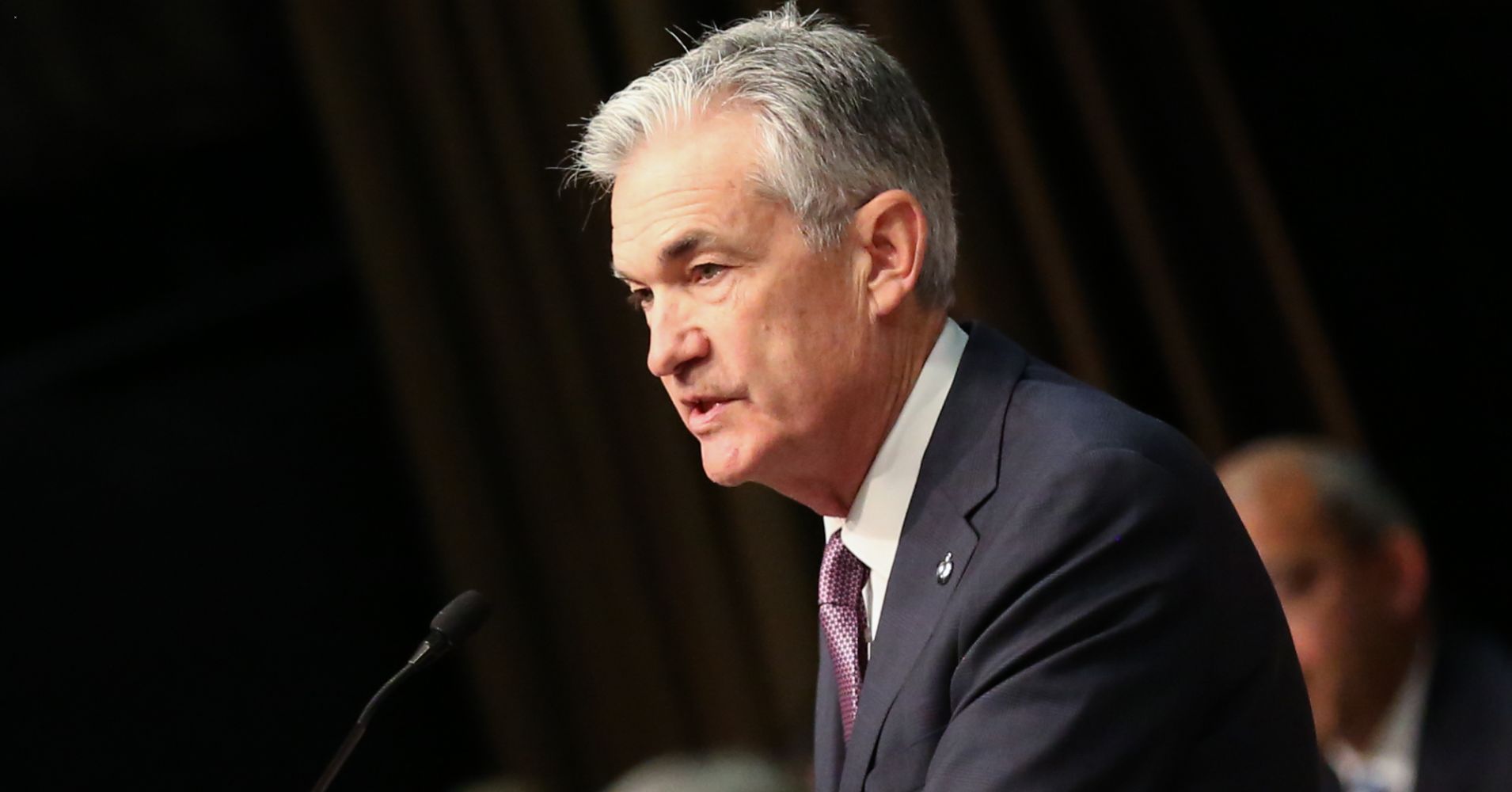Federal Reserve officials teed up a December rate hike at their most recent meeting, but not without misgivings about how trade tensions and corporate debt could impact growth.
Minutes released Thursday from the Nov. 7-8 meeting of the Federal Open Market Committee, which sets interest rates, pointed toward the strong likelihood of another quarter-point adjustment in the central bank’s benchmark rate target next month.
That’s in line with market thinking despite the recent volatility.
“Consistent with their judgment that a gradual approach to policy normalization remained appropriate, almost all participants expressed the view that another increase in the target range for the federal funds rate was likely to be warranted fairly soon if incoming information on the labor market and inflation was in line with or stronger than their current expectations,” the minutes stated.
However, the meeting summary also noted some concern about the “timing” of rate hikes. Current projections indicate that in addition to the December move, the FOMC is likely to approve three more hikes in 2019.
Moreover, officials indicated that further post-meeting statements might be altered to remove the reference to “further gradual increases” in the target range as long as current conditions persist. The reason for doing that is to stress that the committee is not on a preset course with rates and instead will be evaluating future decisions based on incoming economic data.
“Such a change would help to convey the Committee’s flexible approach in responding to changing economic circumstances,” the minutes said.
There has been considerable debate in the markets over the Fed’s policy trajectory, and the futures market is anticipating only one hike next year. The funds rate currently is targeted at 2 percent to 2.25 percent.
Committee members appeared to be uncertain over what the “neutral” rate of interest is that neither revs up nor slows down the economy.
“A couple of participants noted that the federal funds rate might currently be near its neutral level and that further increases in the federal funds rate could unduly slow the expansion of economic activity and put downward pressure on inflation and inflation expectations,” the minutes said.
While post-meeting statements and public comments from Fed officials have been generally positive about the economic outlook, the meeting featured concerns about what might slow things down outside of monetary policy.
The two items most frequently mentioned were tariffs and debt. The U.S. and its trading partners – China in particular – have been engaged in a volley of tariffs this year, while corporations, notably those with weaker balance sheets and lower credit ratings, continue to load up on debt.
“Several participants were concerned that the high level of debt in the nonfinancial business sector, and especially the high level of leveraged loans, made the economy more vulnerable to a sharp pullback in credit availability, which could exacerbate the effects of a negative shock on economic activity,” the minutes said. “The potential for an escalation in tariffs or trade tensions was also cited as a factor that could slow economic growth more than expected.”
The economy has been growing solidly, with GDP increasing 3.5 percent in the third quarter and the unemployment rate at a generational low of 3.7 percent.
Housing market weakness has been a drag on growth, though, and officials attributed the slowness to rising mortgage rates.
Members also noted worry that companies might struggle to pass on rising input costs, again from tariffs, onto consumers and create detrimental inflation.
More immediately, members reported that activity in the agricultural market is “depressed” due to “the effects of trade policy actions on exports and farm incomes.”
While affirming their commitment to a rate increase over the short term, members also noted that actions after that would be dependent on incoming data. Fed Chairman Jerome Powell and others central bank officials have emphasized the importance of data dependence in recent public commentary.
“Monetary policy was not on a preset course; if incoming information prompted meaningful reassessments of the economic outlook and attendant risks, either to the upside or the downside, their policy outlook would change,” the minutes said.


 Signal2forex.com - Best Forex robots and signals
Signal2forex.com - Best Forex robots and signals




